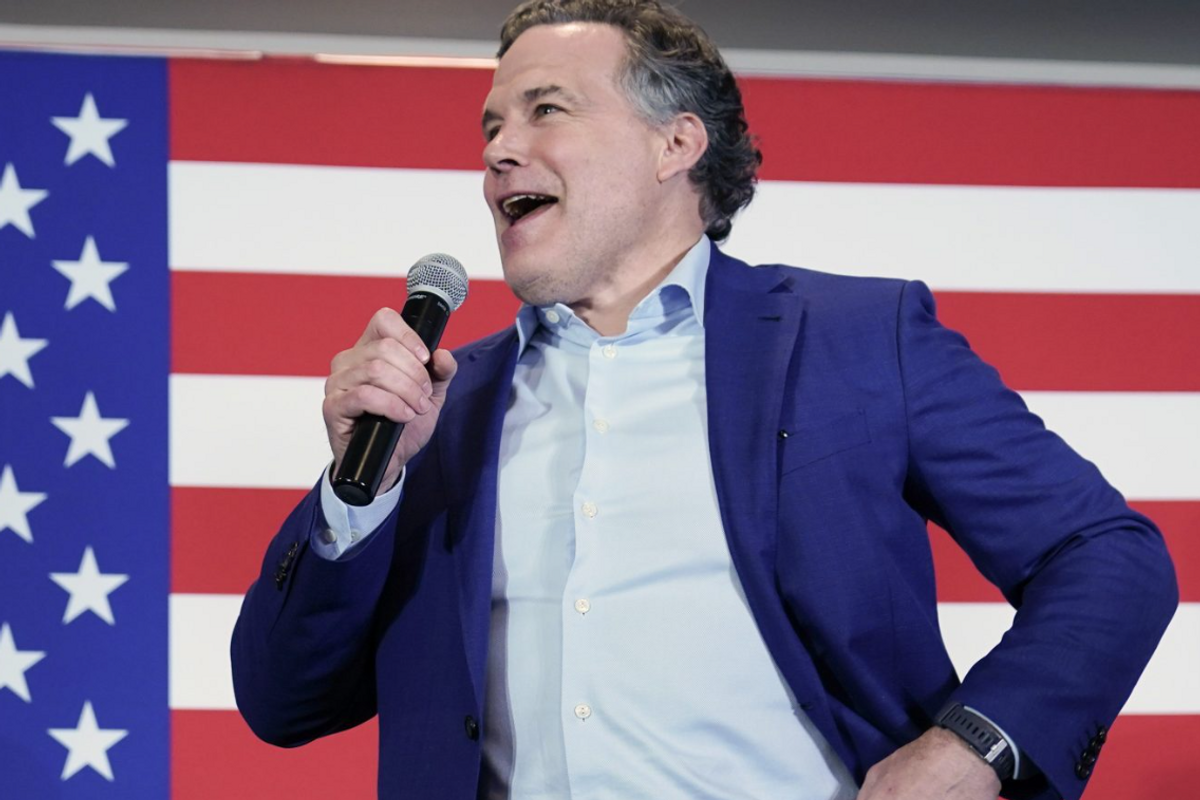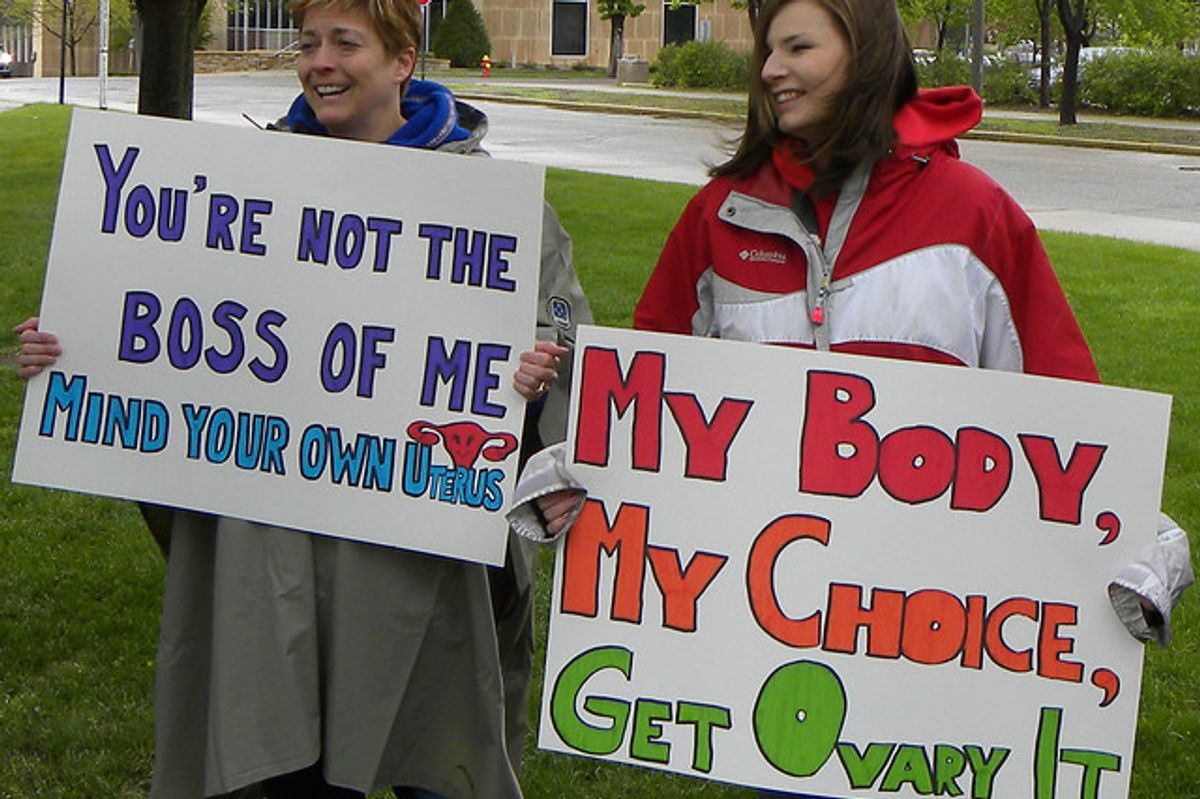
Reprinted with permission from Alternet.
It’s been three years since Beyonce made kale sexy, and vegetables are still growing in popularity. The Huffington Post declared that consumers under the age of 40 are eating 52 percent more vegetables than those of the same age a decade ago. Meanwhile, casual-dining restaurant chains, such as Applebee’s, are losing traction. Following sales slumps and closures, Sally Smith, the CEO of Buffalo Wild Wings, wrote a letter to shareholders saying that millennial consumers are to blame.

Long considered the technology-obsessed, self-indulgent narcissists of the 21st century, millennials are positioned to inherit significant purchasing power over the next several years. About 80 million Americans are millennials, and they spend approximately $600 billion annually, according to the consulting firm Accenture. Over the next three years, as more people graduate from college and enter the workforce, millennial spending is predicted to more than double. By 2020, millennials will spend $1.4 trillion annually and represent 30 percent of total retail sales.
So will that money be spent on useless, individualistic gadgets, as some in the older generation fear? Maybe not.
A study by Omnicom Group’s Cone Communications revealed that millennials are more likely than any other demographic to engage in corporate social responsibility. Seventy percent of millennials will pay more for a product that supports a cause they care about, and 60% will take a paycut to work for an environmentally and socially responsible company.
The strength of the millennial dollar is evident in the way today’s young adults eat—with an eye on the health of the environment.
From 2006 to 2014, the number of farmer’s markets increased by 180 percent, according to NRP. Over the last three years, the farmer’s market boom has plateaued, but that is because consumers have shifted the entire food economy to become more environmentally conscious. Form 2007 to 2012, the number of food hubs, organizations that connect farmers to businesses, increased by 288 percent. Organic food is now available in almost every supermarket and retailers say it continues to grow in popularity. The Organic Trade Association reported that organic sales increase every year, totalling $47 billion in 2016. Millennials, who spend 14 times more money on food than an average middle-class family, have spearheaded local, organic and environmental awareness.

Eve Turow-Paul, author of A Taste of Generation Yum: How the Millennial Generation’s Love for Organic Fare, Celebrity Chefs and Microbrews Will Make or Break the Future of Food, spent years conducting interviews and performing research about food trends of the last decade. In an interview with the Atlantic, she underlines the radical shifts that are happening in the food industry:
“Look around today and you’re seeing amazing things happening with Chipotle, with Kraft mac and cheese saying they’re going to take the yellow dye out. There is huge progress being made and it’s largely because the industry is seeing that Millennials are not going to be spending their money on processed foods.”
Turow explains that the newfound interest in food is rooted in a cultural shift of the millennial generation. As technology natives growing up in a rapidly changing and economically uncertain world, young adults crave understanding, simplicity and control over their environment. The push for food transparency—the wish to know where one’s food comes from—is one of the many modes in which millennials find stability. To many millennials, “you are what you eat” is a mantra of identity.
Food identity is perpetuated across social media. A study by YPuse found that 63% of young people ages 13 to 32 said they post food pictures on social media, with 57% of them posting information about the food they are eating at the time. Instagram has 200 million photos with food tags. While food pictures, as well as many other millennial food obsessions, are used as social currency (many argue they are simply another form of millennial narcissism), they are evidence of cultural values that can have positive impact for all.
Hydroponic gardens, specialty foods, food blogs, cooking shows, veganism, restaurant trends, food memoirs, and recipe apps are becoming pinnacles of millennial culture. Perhaps some are gimmicky and others even unnecessary, but these trends are worth paying attention to when they start to replace the corporate chains and mass food distributors that are destroying agricultural resources. In a world on the brink of environmental catastrophe, some millennials may already have the answer in the bag—a locally and organically sourced, handwoven, reusable tote bag at that.
Anna Sanford is an editorial assistant at AlterNet’s office in Berkeley, CA.
This article was made possible by the readers and supporters of AlterNet.


